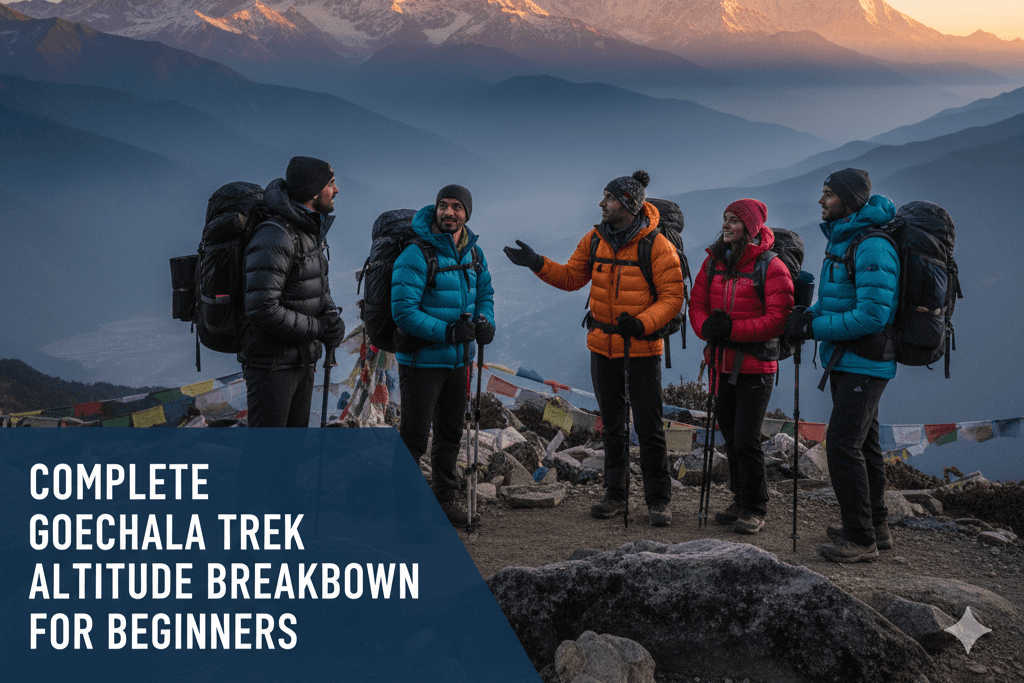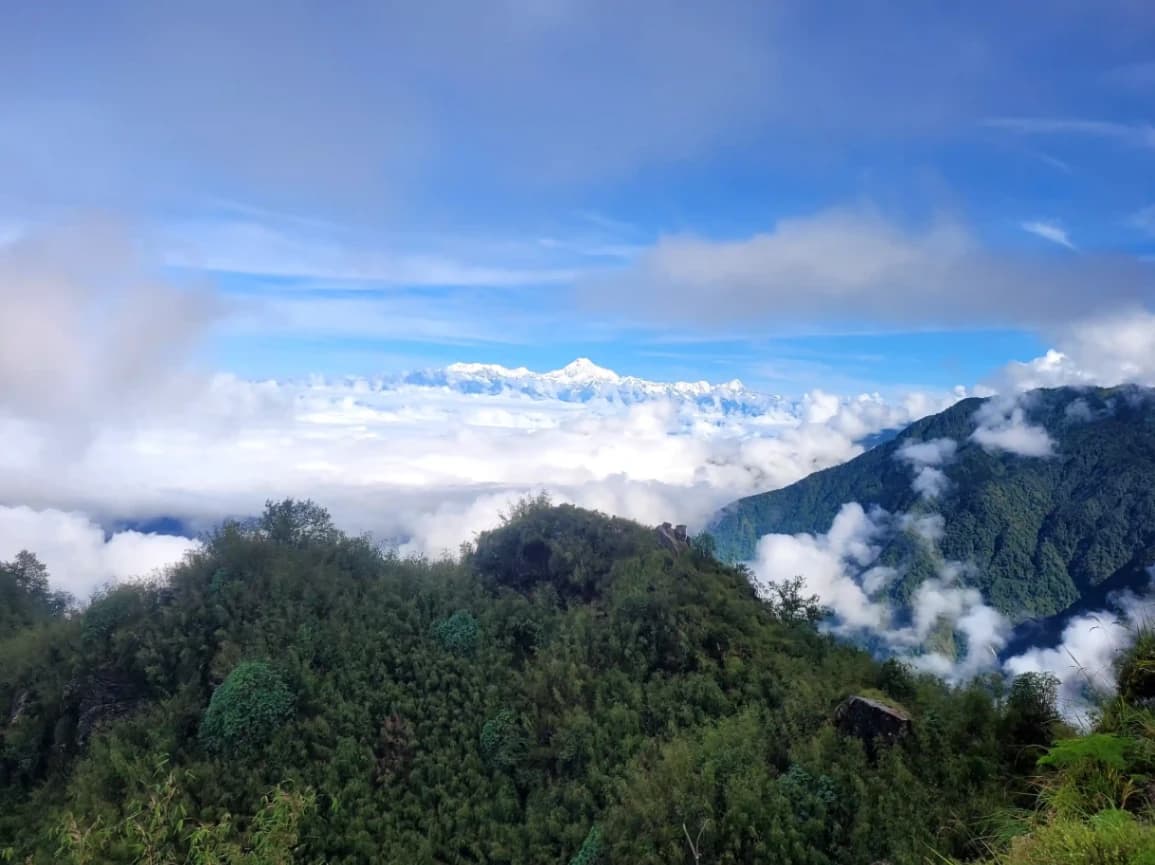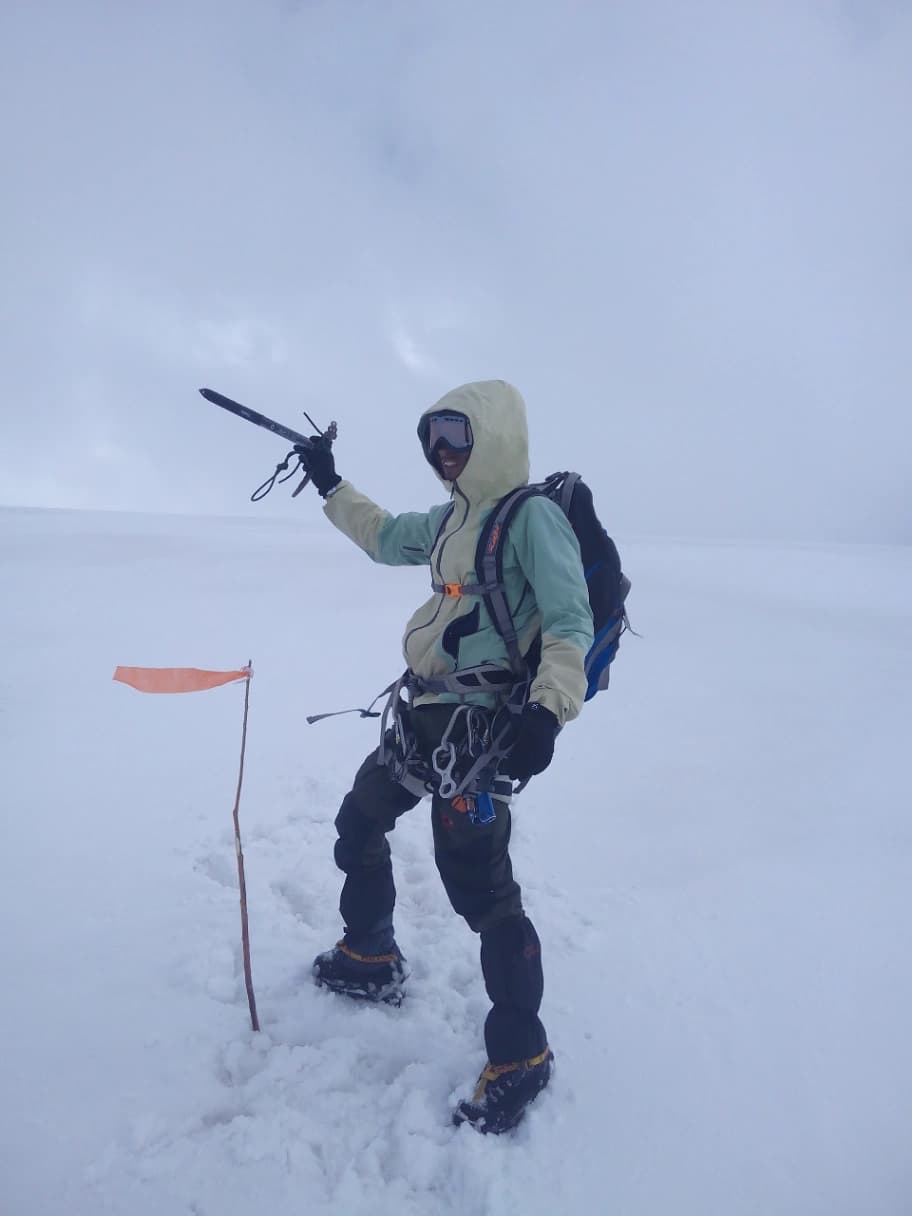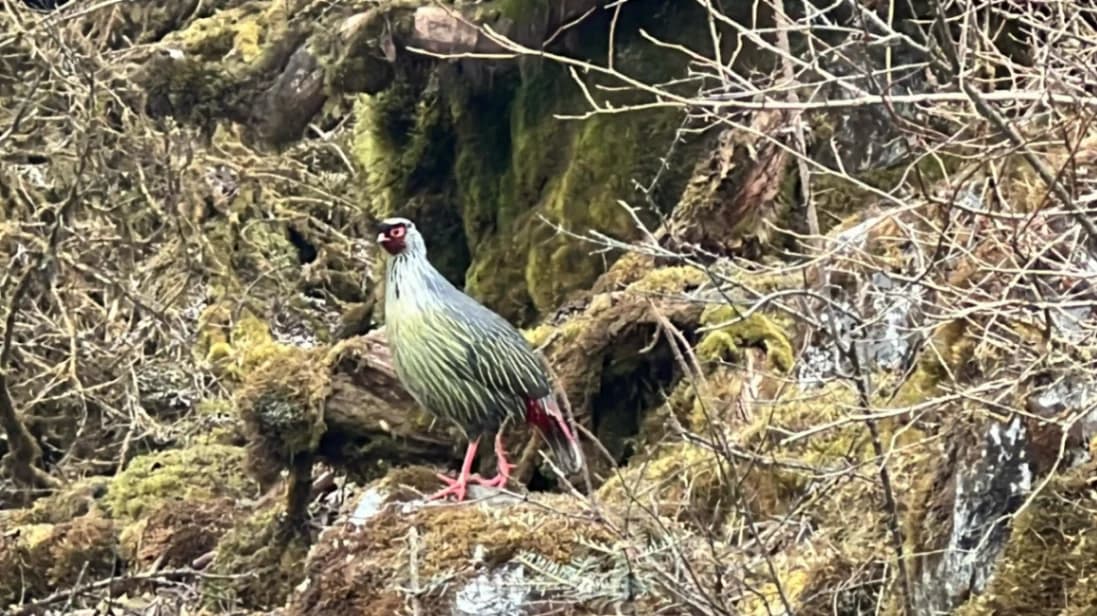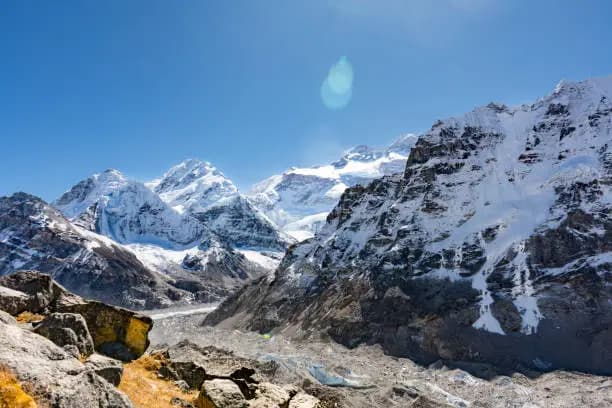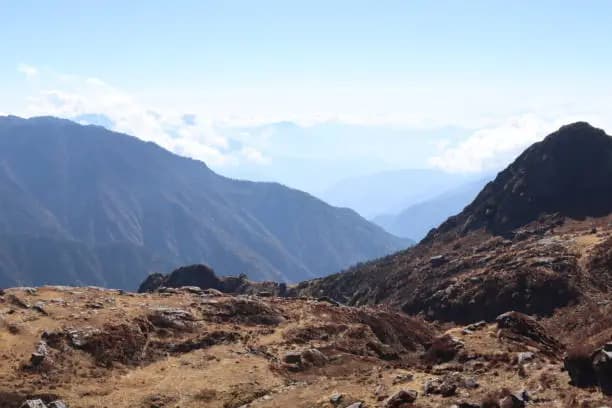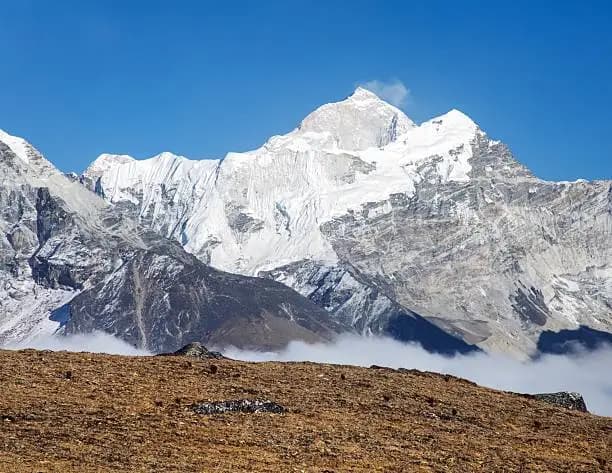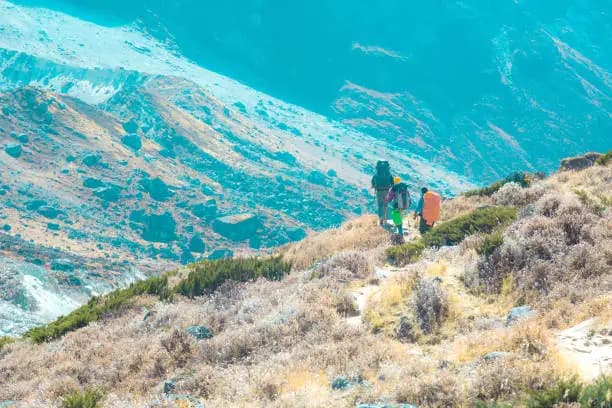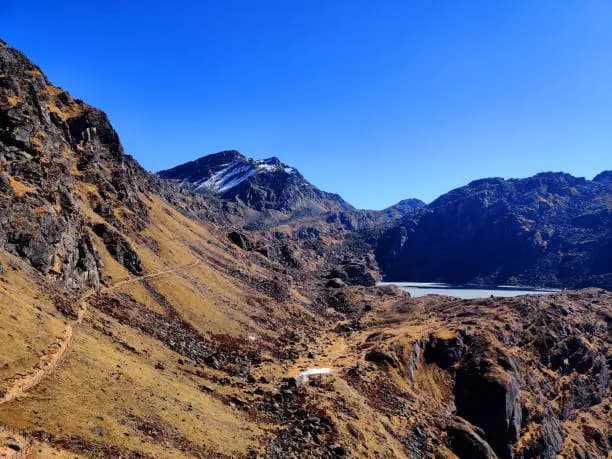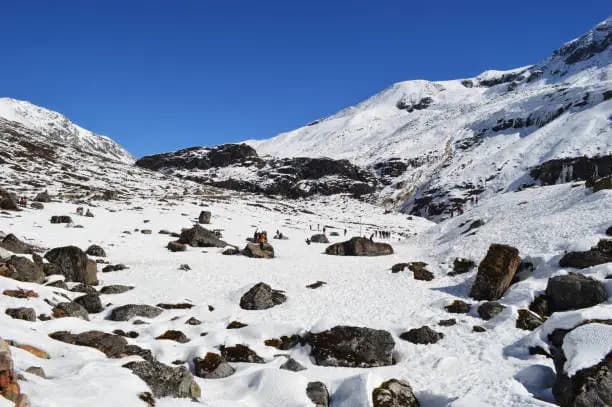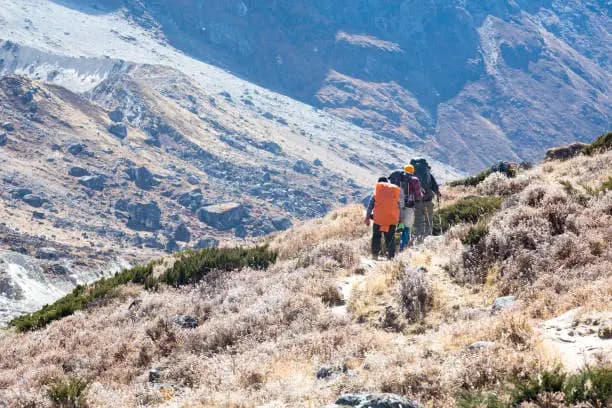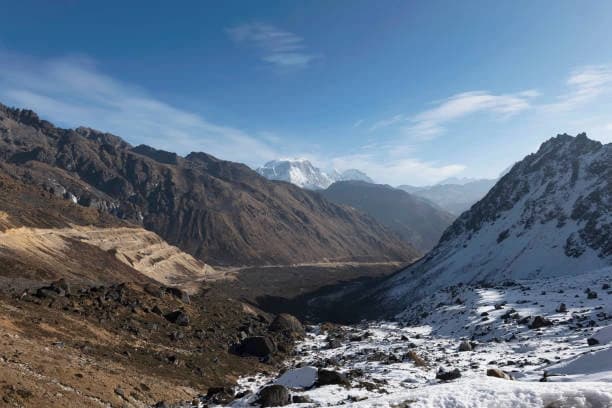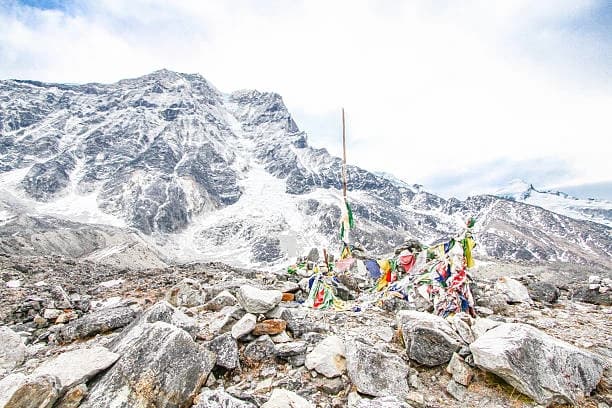If you love mountains, then you already know that the Goechala Trek is one of those trails that makes you question your life choices and then rewards you with views straight out of a travel magazine. But let’s get real – the excitement is awesome, but altitude can slap you if you’re careless. That’s why understanding the Goechala Trek Altitude is super important before you even think about packing your bag.
By the way, beginners often worry,
“How high is this trek?”
“Can I handle it?”
Don’t stress. I’ve broken everything down in a simple way. We’ll go step-by-step from the very start of the trek to the final viewpoint.
Why Knowing Goechala Trek Altitude Matters
Let’s be real for a second – no one wants to fly all the way to Sikkim just to get knocked out by altitude sickness on day two. When you know the Goechala Trek Altitude profile in advance:
- You can prepare better
- You give your body time to adjust
- You avoid unnecessary drama on the trail
- You trek more confidently
This trek isn’t insanely extreme, but you still reach above 4,600 meters, which is high enough for your lungs to say, “Bro, slow down.”
Full Goechala Trek Altitude Breakdown – Stop by Stop
Here’s how the altitude rises throughout the journey:
Yuksom – 1,780m
The starting point. Cute town. Last place with proper network and café coffee.
Sachen – 2,200m
The warm-up trek day. Forest, bridges, and the first “Why am I panting?” moment.
Tshoka – 2,900m
Here you start feeling proper mountain vibes. Pine trees everywhere.
Dzongri – 4,020m
The first major height jump. Take acclimatization seriously here.
Dzongri Top – 4,200m
Sunrise here? Bro, trust me, you will forget your tired legs.
Thansing – 3,930m
Beautiful meadow walk, and the mighty Kanchenjunga stares at you.
Lamuney – 4,150m
Cold + wind combo level: Expert. But the excitement keeps you warm.
Goechala View Point – 4,650m
The final boss of the trek. The closest you can get to Mt. Kanchenjunga without being a pro climber.
That’s the complete Goechala Trek Altitude profile – gradual but intense when you hit Dzongri and beyond.
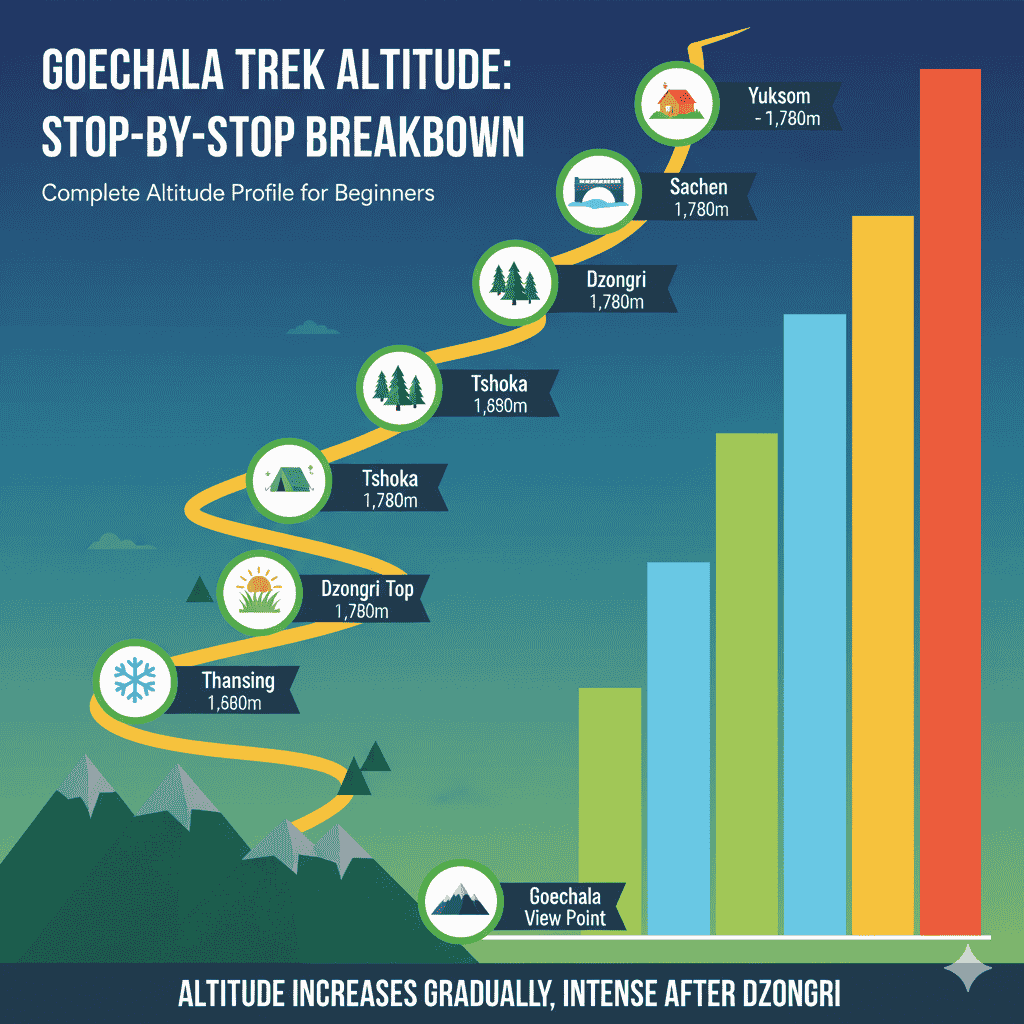
How Your Body Reacts at High Altitude
Frankly, altitude doesn’t care whether you go to the gym or not.
The higher the altitude → lower the oxygen → More heavier the breathing.
You may feel:
- Headache
- Loss of appetite
- Slow pace
- Tired more quickly
Don’t panic. It’s normal. Just hydrate and walk like you’re casually strolling, not sprinting after a bus. Learn more about Goechala Trek!
Can Beginners Handle Goechala Trek Altitude?
Short answer: Yes.
Long answer: Yes, but with respect for the mountains.
If you are:
- Physically active
- Ready to walk slowly
- Sleeping properly
- Not skipping meals
…then you got this.
The only people who get into trouble are the ones who think they are Superman.
Acclimatization: Your Best Friend on This Trek
When you reach Dzongri, don’t complain about the rest day. That day saves your trek.
Do this:
- Drink more water than you normally do
- Walk around a bit – don’t sleep all day
- Avoid alcohol completely
- Stay warm
Acclimatization = letting your lungs get used to the “thin-air life.”
How to Prepare for Goechala Trek Altitude
You don’t need to be a marathon runner. But do some basic training:
- Daily brisk walking
- Climbing stairs instead of the lift
- 20-30 minutes of stretching
- Breathing exercises
If possible, go for a small trek before the trip. It boosts confidence big time.
Packing Tips for High Altitude
Quick essentials:
- Good trekking shoes (don’t argue, just buy)
- Thermal layers
- Down jacket
- Gloves + cap + sunscreen
- Water bottle + electrolytes
- Basic medicines
And yeah, don’t overload your bag like you’re shifting your house.
Final Thoughts
The Goechala Trek Altitude profile looks tough on paper, but once you’re there, every view motivates you to take the next step. Go slow, enjoy the forests, feel the cold wind, and when the Kanchenjunga peaks glow golden at sunrise – you’ll forget everything else.
If you respect the altitude, the altitude will respect you back. That’s the simple rule. Start your journey now!
FAQs – Quick & Casual
1. Is the Goechala Trek Altitude safe for beginners?
Yeah, just walk slow and hydrate. Don’t try to prove anything to the mountains.
2. What’s the highest Goechala Trek Altitude?
About 4,650m at the main viewpoint.
3. Will I get altitude sickness?
Maybe mild symptoms, but if you rest properly, you’ll be fine.
4. How many days do I need for this trek?
Around 8–10 days, including acclimatization.
5. Which month is best for Goechala?
April–May and October–November. Clear views = big smiles.
Follow us on Facebook to stay updated about recent best offers.


